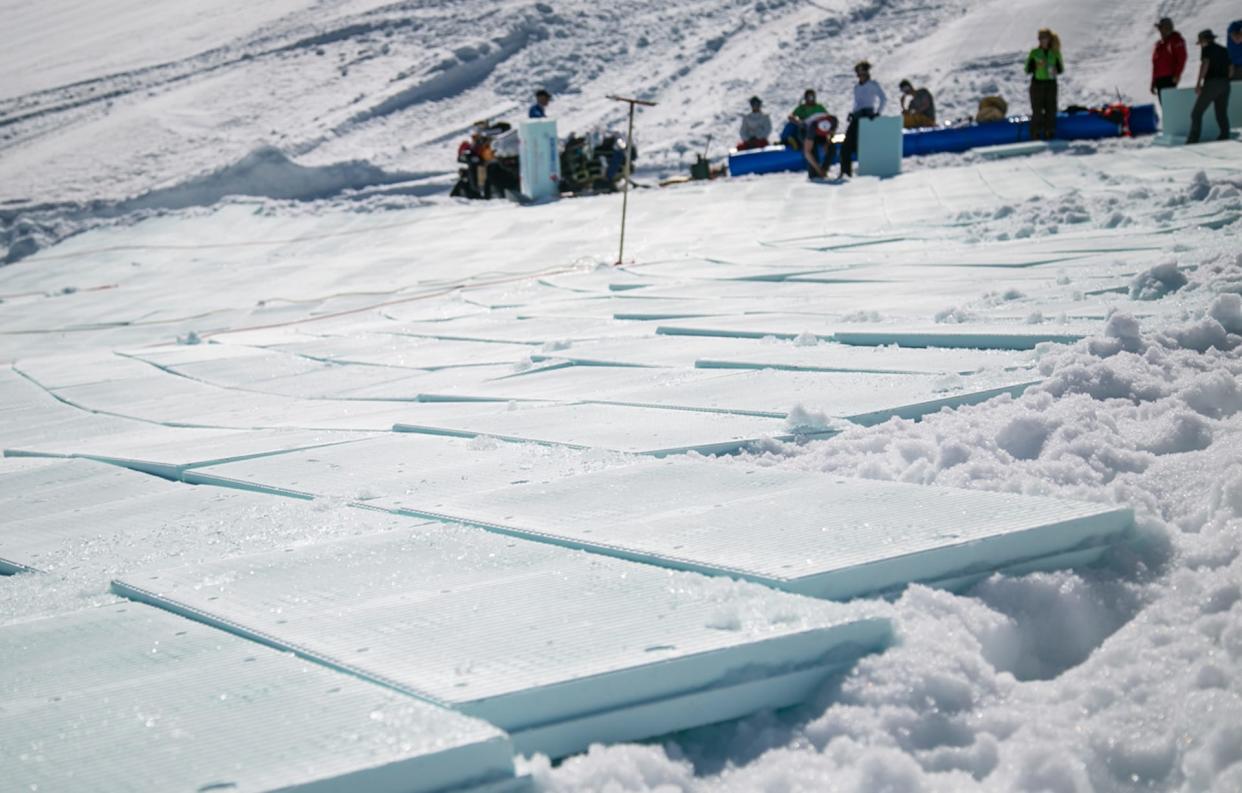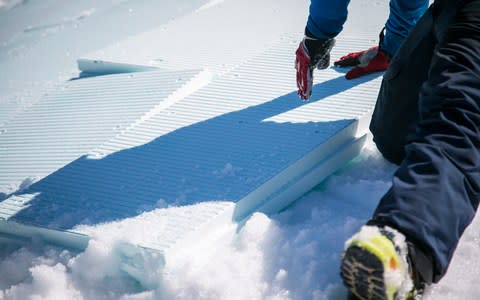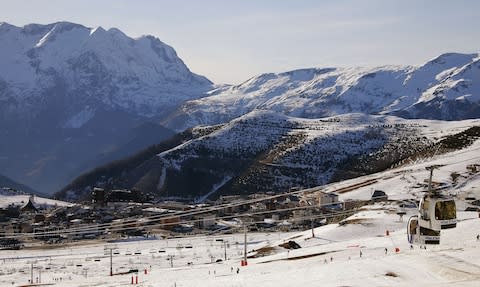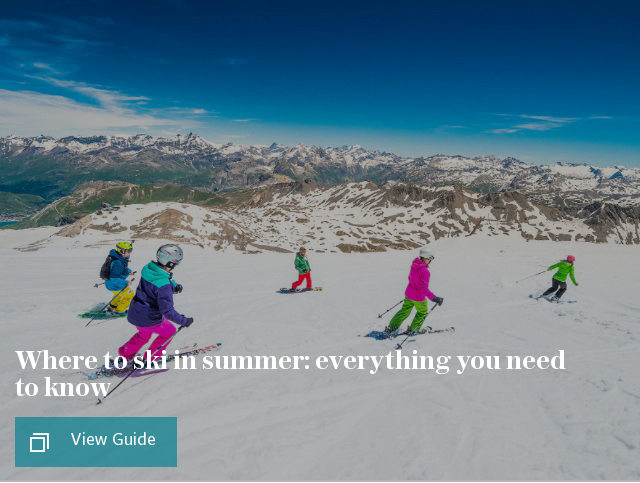'Snow-farming': Ski resorts hoarding snow over summer to keep for next winter

European ski resorts including Val Thorens and Courchevel are trying to retain snow from a bumper winter for next year by laying down sawdust and reflective tarpaulin on its mountains.
The technique known as “snow-farming” is being employed by the two resorts in the world’s biggest ski area, the Trois Vallees in France, to ensure that the next ski season gets off to the best possible start. Resorts are under increasing commercial pressure for their seasons to start well and early.

Teams in charge of piste management in the Alps have begun the process that includes placing insulated panels on large areas of snow to stop it melting in the summer heat.
Courchevel, popular with high-earning Russians, posted images on social media this week of staff from the S3V lift company starting to “snow-farm”.
Farmed snow is usually used to create cross-country ski trails and shore up terrain parks and pistes not high enough to be covered by snow-making guns, which require cold temperatures to turn water into snow.

Courchevel has confirmed it will use the preserved snow in the summer to groom the Emile Allais piste and fill the stadium that hosts the women’s Alpine Ski World Cup in December. It is estimated snow-farming can produce a third of the 60,000 square metres of snow required to fill the stadium. The required snow will be kept under a 1.8 square kilometres tarpaulin over the summer.
Pictures show staff in Courchevel placing panels of insulation over snow 10 centimetres deep, before topping them with a strong, flexible and water-resistant cover. The snow-farming area spans the equivalent of 50 football pitches.
When the covering is removed in late November it is predicted the process will have preserved at least 15,000m3 of snow from this winter.

Despite being the highest ski resort in Europe and one of the most snow-sure winter destinations in the world, Val Thorens is also investing a reported €15,000 (£13,000) in snow farming, according to French website The Connexion.
While French resorts opt to use tarpaulin to cover their snow farms, across the border in Switzerland, the resort of Davos has been using sawdust to cover mounds of snow since 2008. The resort estimates that it can retain 70 to 80 per cent of the volume of snow using this method, meaning the resort can open earlier in the season, regardless of warm autumn temperatures.
In Austria the Olympiaregion Seefeld ski area, in the Tirol region, has been using snow-farming for several years to enable winter-sport athletes to train throughout the summer. Its method of conservation uses wood chips to cover snow and those involved believe it has been a key influence in the country's sporting success in cross-country and Nordic ski disciplines, thanks to improved training conditions.

Snow farming is one of many techniques used by resorts to combat the effect warmer winters are having on the mountains. Last year scientists tested a bold new plan to preserve Swiss glaciers, covering them in artificial snow.
In recent years a number of ski resorts have made contingency plans to protect themselves against the changing environment. Tignes, one of Europe’s loftiest resorts, plans to build an indoor snow slope at 2,000m to preserve its snow sports industry and in Scotland a multi-million-pound artificial slope is planned at Cairngorm Mountain resort.


